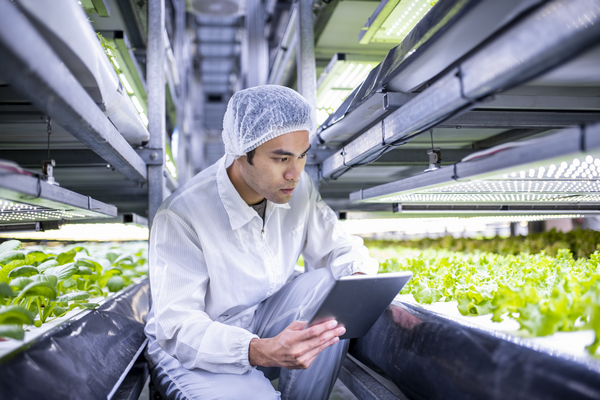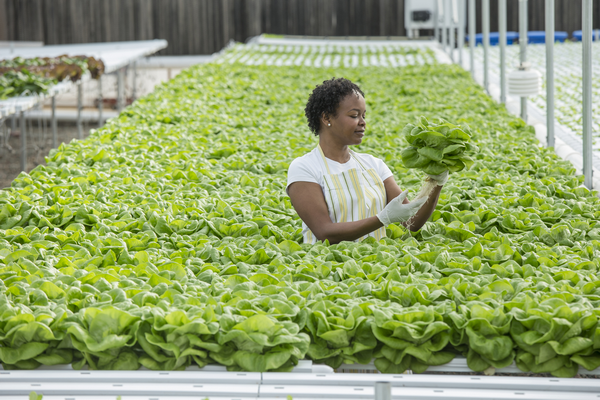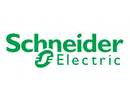“We can’t be the most sustainable company in the world if we don’t work on the world’s biggest sustainability challenges,” says Travis Graham, international account manager at Schneider Electric. Schneider provides a vast array of digital technologies to multiple sectors, including horticulture. However, the company recently decided to strategically address the indoor farming segment and partner with growers to improve energy efficiencies within the sector.
As a global specialist in energy management and automation, Schneider’s goal is to empower the global population to improve their energy and resource use efficiency. This purpose, coined “Life is On”, aligns strongly with the spirit of indoor agriculture whose goal is to produce food and medicinal crops in an environmentally sustainable manner.
Named the world’s most sustainable company in 2021 by Corporate Knights, Schneider holds sustainability at its core and uses its century-long experience in energy management to help growers improve the energy efficiency of their facilities.

“There is a lot of Schneider equipment in all of these facilities whether people realize it or not, especially when it comes to solutions around electrical distribution packaging, automation and OEMs. But when we examined the indoor farming industry deeper, we quickly realized that while crop production techniques were very advanced, they were often inefficient in terms of energy,” explains Travis.
Opportunities in indoor farming
As Travis explains, Schneider has identified three major opportunities for improvement within the indoor farming industry. Firstly, the strategic use of capital investment for larger ROIs and more efficient total cost of ownership. For example, financing models like energy as a service (EaaS) can be used to convert capital costs into operational expenditures.
Secondly, the deployment of technologies to manage energy more intelligently. Schneider helps growers gain better visibility over their energy consumption and improve data analytics to facilitate energy management and cost avoidance.
Lastly, embracing digitization and harmonizing independent technologies. Indoor farms are operated by numerous systems, often from different providers which can make system integration challenging and create blind spots within the system. Schneider helps growers harmonize these systems.

These three strategies can help indoor farms reduce their energy costs, which can account for 50-70% of total costs. Reducing energy costs is a roadmap discussion that begins by baselining growers according to their current energy practices and their goals. For existing operations, Schneider conducts a business, technical and data review. For planned facilities, Schneider works with the company to ensure that systems will be energetically efficient and profitable.
Energy as a priority
While the indoor farming industry is still emergent, account manager Lisa Causarano explains that energy discussions within the industry need to be a top priority, especially as indoor farms across the globe are expanding exponentially.
“Many of these companies are in the same position where they have one facility, are looking to expand, and are simultaneously thinking ahead to the next eight facilities. Companies are investing a lot of money into building a good production system with intense energy needs, but how much of that investment is actually going towards optimizing energy efficiency?” says Lisa.
She also explains that anyone questioning Schneider's experience in indoor farming can look to the company’s 180+ years of experience in manufacturing, which has presented challenges similar to those in the indoor farming segment.
“The only reason that we can talk about how to improve our customers’ operations is that we are also improving our own operations. We struggle with the same challenges they do, such as the pressure to meet sustainable goals from investors. So we’ve developed technologies to address these challenges and can apply these to other segments,” Lisa explains.
Notable partnerships within the indoor farming industry include projects with Fifth Season and Bowery, that have implemented microgrid systems leveraging EaaS to finance. According to Schneider’s website, these companies use Schneider’s EcoStruxure Microgrid Advisor software platform to manage distributed energy resources.
 For more information:
For more information:
Schneider Electric
www.se.com
